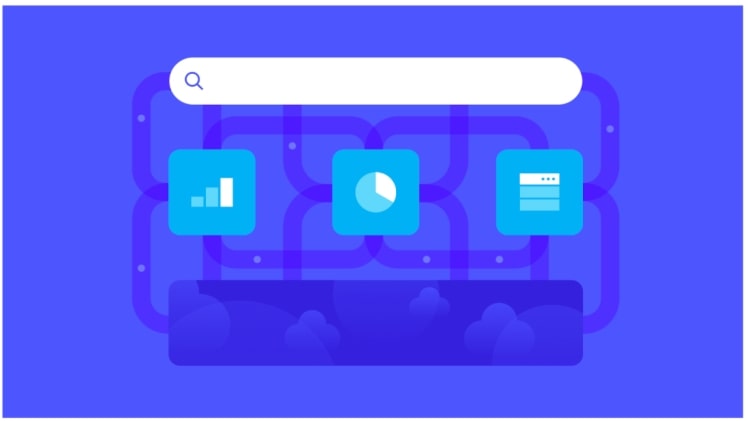Have you heard a lot about modern data stacks and still aren’t quite sure what they are? You are not alone.
Read on to discover what makes up a modern data stack.
Who Can Benefit From a Modern Data Stack?
If you are like most business owners, you are probably more connected about figuring out if you can benefit from a modern data stack before you invest the time and energy into reading all about it. If this is you, you can rest assured that your company will benefit from it.
Any company that deals with data (all companies) can greatly benefit from implementing a modern data stack into their daily operation. It ultimately makes your data more accessible, organized, and allows you to efficiently make data-driven decisions.
Accessibility of Data
Data accessibility is critical to any operation in the modern business world. On any given day, you will have multiple departments reaching out to your data team and asking for various data to be sent to them. Your data team would then have to fish for it and send it back to them. This elongated step can happen with the click of a button with modern data stacks.
Organization of Data
The same goes for data organization. Your data team no longer has to spend time organizing your data. This frees them up to spend more time analyzing it and taking on more important tasks.
Data-Driven Decision-Making
Data-driven decision-making is becoming more and more critical for businesses as the modern age of the industry progresses. If you wish to make more decisions based on facts discovered in your very own data, you can absolutely benefit from implementing a data stack.
It Truly Is a Stack
So, now that you know that you can benefit from a modern data stack, it is time to dive into the details of what it is and how it can integrate with your business.
A modern data stack is called a stack because the way it operates is somewhat like a physical stack of phases that collectively makes up the whole system. The first stack is data from the source, then data ingestion, storage, transformation, operations, and analytics.
Data from the Source
There are likely many different types of software and databases all throughout your business. These are all sources of data. It could be consumer information, financial analysis, product reports, or anything else you could think of. All this data ends up stored in its respective software, leaving you with several data silos containing different information.
Data Ingestion
Data silos can be frustrating and time-consuming. The ingestion phase of data stacking takes your data from their respective data silos and transports them to a data warehouse for storage. The best part about this phase is that it can be automated. So you can have confidence knowing that the data in your central database is up to date.
Data Storage
Modern data stacks use cloud-based data warehouses to store all of your data. Databases like Snowflake and BigQuery are often used for this.
Data Transformation
While in your data warehouse, the data is vetted and transformed. This process ensures that there are no duplicates or mistakes while simultaneously transforming all of your data into a unified format that keeps your data organized and easy to find.
Data Operations
Once your data is in the data warehouse and transformed, it is then ready to be used for operations within your company. This is where data stacks really come in handy. Instead of your data team having to fetch data for every department every time they ask for it. They can automate data to be sent to each department at any given time.
Data Analytics
If you are trying to push your company to be more data-driven, then this final phase is something that will interest you. Utilizing machine learning and AI technology, data analysis has never been easier than with a modern data stack.
How Does It Integrate?
You may be thinking that the integration of your software across the entire company sounds impossible. It isn’t! With an all-in-one modern data platform, all of your software will be easily integrated into one main platform. This platform can either be built in-house or outsourced.
What Are The Benefits?
The benefits of a modern data stack are many. Your company can make better-informed decisions and have organized data that is secure and consistent.
Is It Difficult To Start?
It can be difficult to start one if you wish to build one in-house. Because of all of the integrations, it takes a lot of time, planning, manpower, and money to get an all-in-one platform like this. However, that is not the only way to do it.
Third-Party Data Platform
Hiring a third-party company to take care of your modern data stack needs is quick and easy. So you can reap the benefits as quickly as possible.
The Bottom Line
A modern data stack is quite literally a stack of phases in which your data will undergo that can help you organize and use your data like never before. If you want your company to stand on top of your industry with data-driven decision-making, this is a great way to do it!

